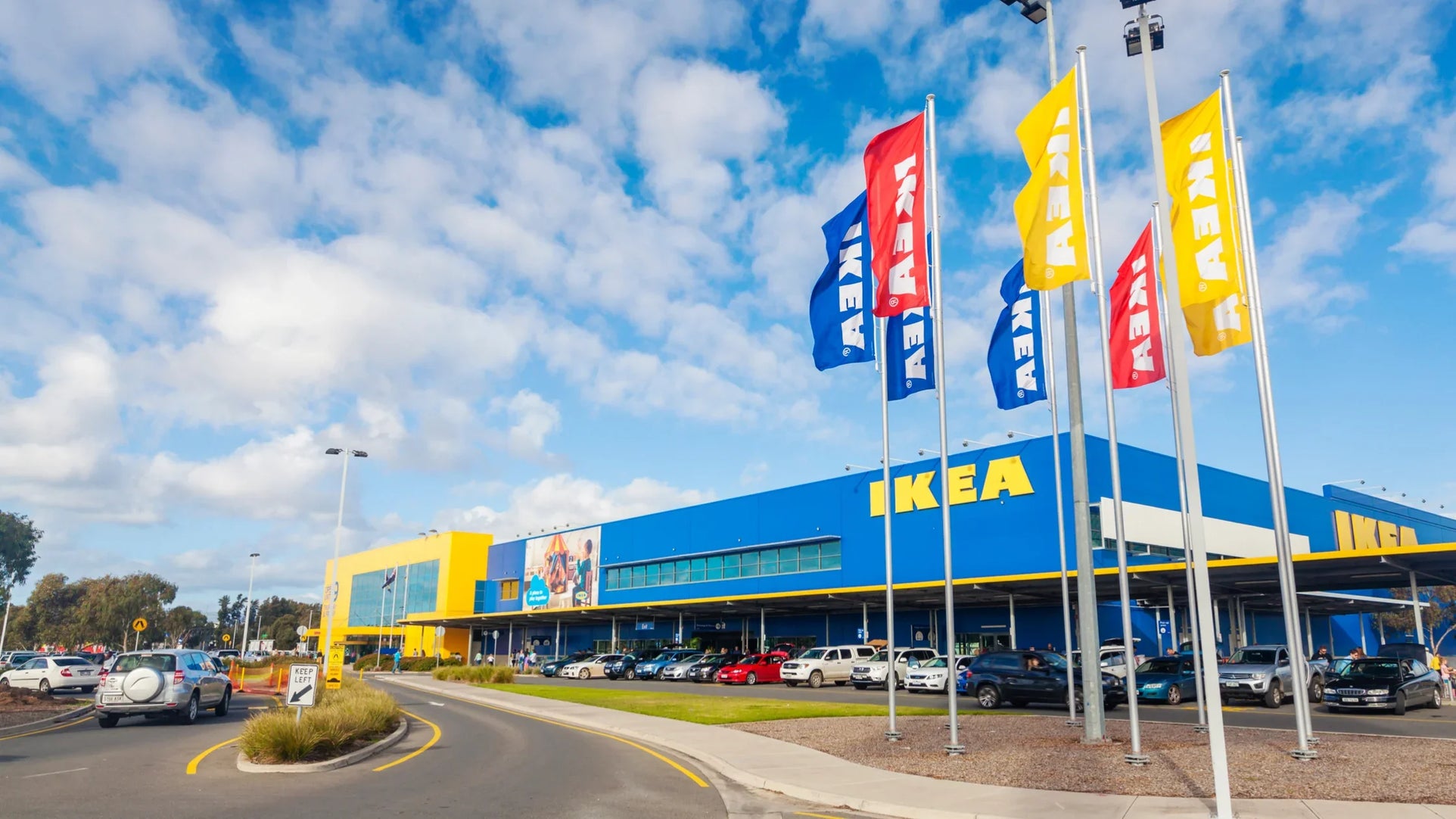The Pros and Cons of Fast Furniture

Fast furniture has made furniture shopping as easy as going to a big-box store. Whether you need a new coffee table, bookcase or sofa for your home, you can quickly head out to IKEA, Target or any other big-box store to find what you need. These are furniture pieces that are unassembled and shipped in a box for consumers.
While there are some advantages to fast furniture, there are some serious drawbacks that need to be considered before you make a purchase.
The Benefits of Fast Furniture
Fast furniture does have its benefits.
It’s Cheap
The most obvious benefit of fast furniture is the cost. It’s far cheaper than furniture that’s handcrafted. In addition, because you can’t customize the furniture and it is mass-produced in a factory, the cost is much lower.
For some people, fast furniture is the only option they can afford.
It’s Easily Accessible
Fast furniture is easily accessible and readily available. Pieces are produced quickly on assembly lines, boxed up and shipped to stores or doorsteps.
Thanks to fast furniture, you can head over to a big-box store or IKEA, find a piece of furniture you like, toss it in your cart and bring it home. It’s instant gratification.
It’s DIY-Friendly
Some people enjoy the process of assembling their own furniture. If you enjoy working with your hands, you may like fast furniture. Fast furniture comes with instructions on how to put the piece together.
Typically, the manufacturer includes instructions on hardware to assemble the furniture. All you need to do is supply a screwdriver and your time (in most cases).
The Disadvantages of Fast Furniture
While there are some advantages of fast furniture, there are several disadvantages as well.
It’s Poor Quality
In many cases, fast furniture is poor quality. This is because the pieces are mass-produced in factories with lower quality materials, like pressboard.
Sure, fast furniture is convenient and cheap, but its low quality may mean that you have to replace pieces more often. It may be okay for a piece that sits in the corner that you don’t use often. However, for furniture that you use often, it may not last more than a year (months in some cases).
On the other hand, handcrafted or custom furniture is typically made with real wood or other high-quality materials. They are designed to give you decades of use.
It’s Harmful to the Environment
The fast furniture industry is harmful to the environment. In fact, furniture is one of the fastest-growing categories of landfill waste, accounting for 12 million tons of waste in the U.S. alone.
It’s been reported that IKEA uses about 1% of all the commercially harvested wood in the world. About 600 tons of particleboard is used each day to create the fast furniture brand’s famous bookcase.
Particleboard is often touted as a green alternative to other furniture materials because it uses leftover scrap wood. However, the process of manufacturing the material is harmful to the environment. The intense process requires chemical adhesives, heating and other steps.
Your Options are Limited
Along with being lower quality and harmful to the environment, fast furniture is limited. Your options are limited, and you can’t customize your pieces.
Fast furniture is cheap and easily accessible, but it’s also harmful to the environment and typically of lower quality. If your budget allows, it’s almost always better to invest in quality furniture that’s crafted with care – not mass-produced in a factory.
